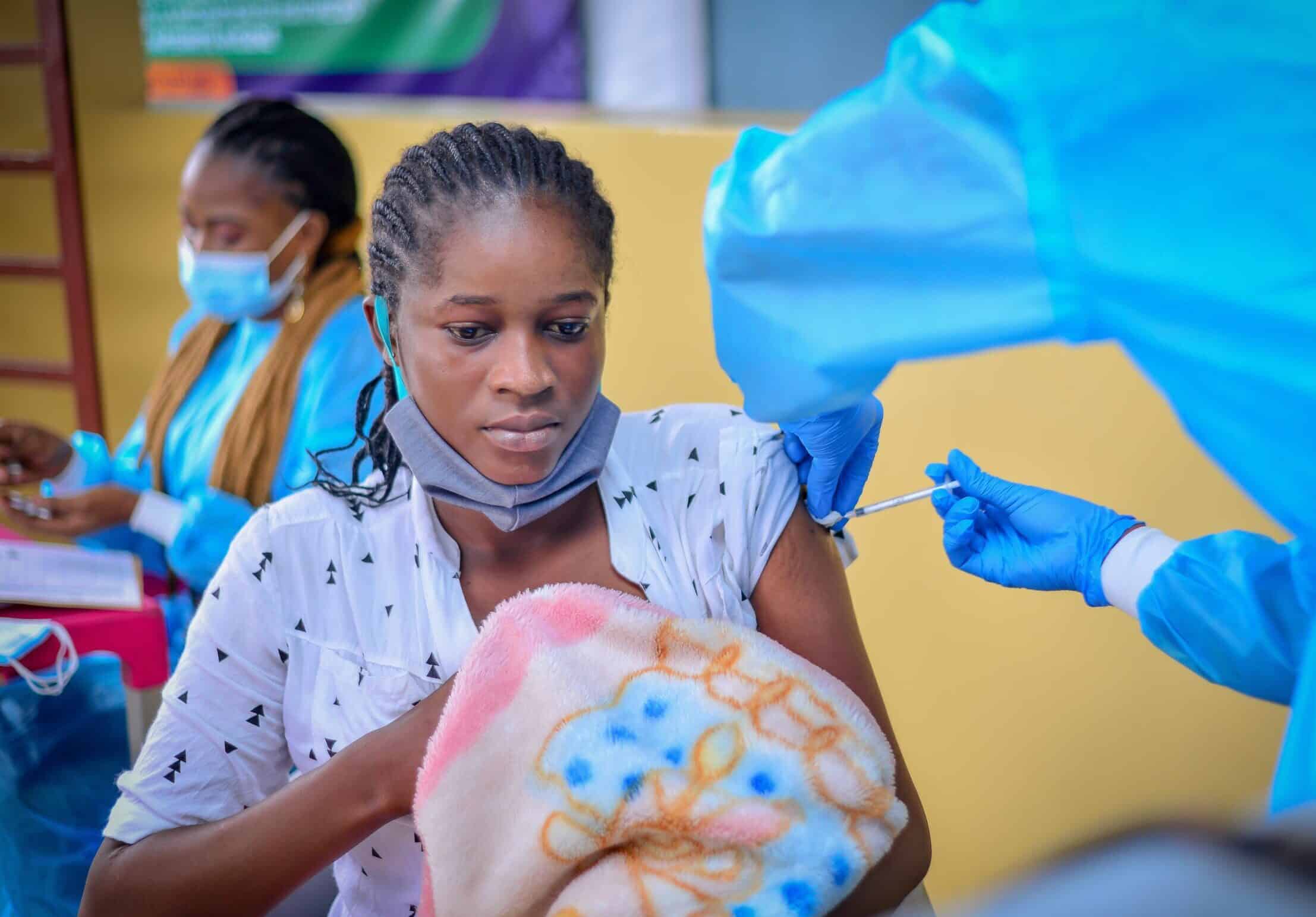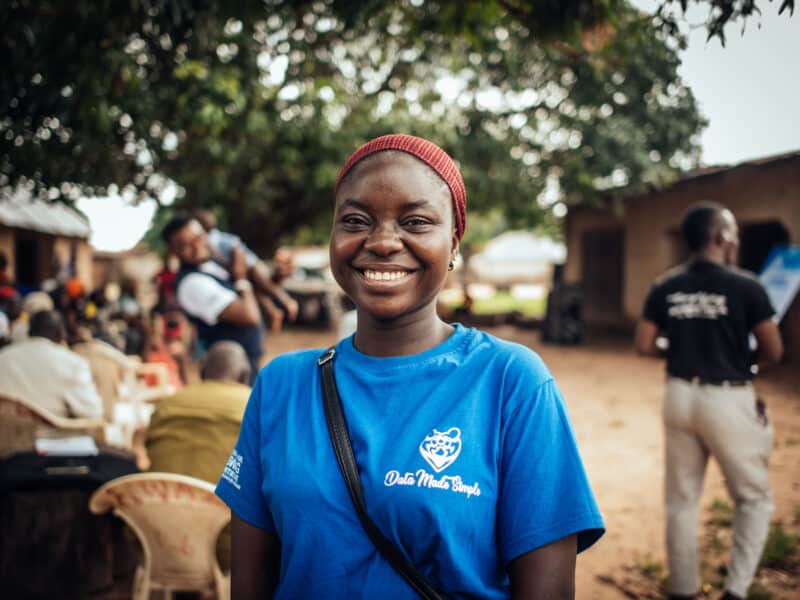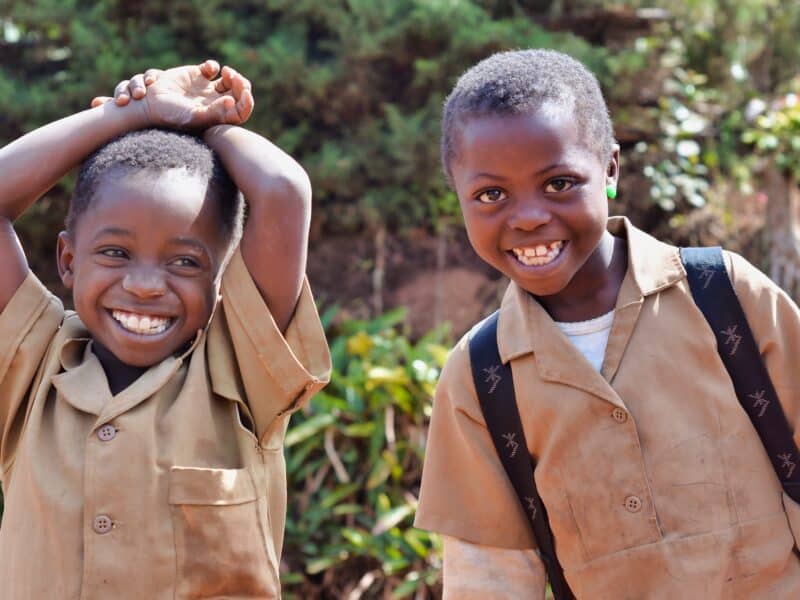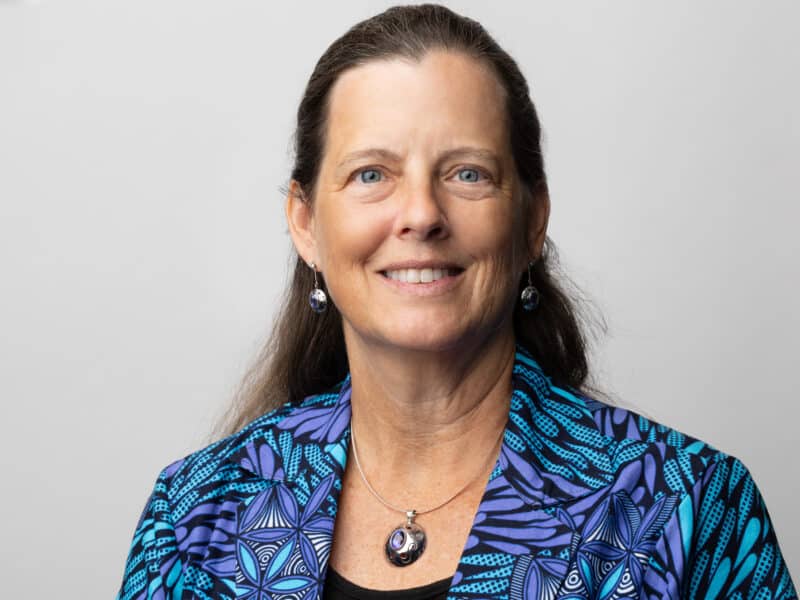Even as COVID-19 emergencies end around the world, the SARS-CoV-2 virus does remain a threat, one that continues to evolve.
And in the current COVID landscape, a new challenge has emerged: Finding a way to leverage the investments made during the COVID-19 pandemic to strengthen health systems more broadly.
“Emergency funding for COVID-19 has begun to shift towards activities that integrate the COVID-19 vaccine into life course vaccination programs within the primary health care system,” says CCP’s Erica Nybro, a COVID-19 technical specialist. “Governments, donors, and program implementers are building on lessons learned from COVID-19 to build resilient health systems that can accommodate new vaccines and withstand future pandemics.”
The Johns Hopkins Center for Communication Programs-led Knowledge SUCCESS project has in recent months been supporting learning exchange opportunities to facilitate the sharing of successes and challenges in integration efforts.
A three-day interactive workshop in Dar es Salaam, Tanzania, in late August brought together COVID-19 stakeholders – government representatives, international NGOs and vaccination implementing partners from 11 southern and eastern African countries – to review integration guidance, share experience across countries, and develop integration action plans. One of the most frequently expressed needs was for practical examples of COVID-19 integration across health areas.
In response to this demand, Knowledge SUCCESS has collected and synthesized implementation examples and lessons learned to guide others on how to successfully make room for COVID vaccination efforts in basic health care services. The stories, highlighted in a seven-part blog series, also offer a foundation for preparing for potential epidemics in the future.
In one example, Liberia faced a serious disruption of its national insecticide-treated net distribution activities due to the COVID-19 pandemic in 2021. They discovered that one reason were false rumors, especially one that chemicals in the nets were contaminated with COVID-19 infection. This led people to refuse nets, even burn them. At the same time, there was rampant misinformation that COVID itself was being deliberately spread by the Ministry of Health.
The CCP-led Breakthrough ACTION-Liberia project decided to tackle the spread of rumors through street theater, which was staged at events that promoted both net distribution and COVID vaccination. Overall, mobile vaccinators accompanying the performers successfully inoculated more than 1,000 people with COVID-19 vaccinations.
“Because Liberia has so few health workers and limited financial resources, in a future emergency we would advocate for integration at a much earlier stage,” says CCP’s Juliet Wilson, who has managed the COVID activities in Liberia. “We cannot divert all of the health resources to only one issue; integration is a more efficient approach. Our cross-sector relationships and collaborations built during COVID-19 will support this conversation moving forward.”
In the Democratic Republic of Congo, in 2021 and 2022, the organization VillageReach operated four high-volume COVID-19 vaccination sites (locally known as vaccinodromes) in Kinshasa in collaboration with the Ministry of Health. These were at football fields and other highly visible public sites, but organizers knew early on that these locations wouldn’t be sustainable for a long-lasting campaign to continue COVID vaccination uptake.
In July 2022, the government shifted COVID-vaccination to primary health facilities, where routine immunizations are administered. Community health workers were trained to refer people to those clinics, including providing directions to the facilities and even in some instances accompanying mothers and their children to the health care facilities to get vaccinated.
“COVID-19 vaccination continued at the same pace as before we integrated in terms of people who were vaccinated, despite the change from public places to primary health-care facilities,” Carla Toko, VillageReach’s advocacy and communications senior manager, told Knowledge SUCCESS.
In Kenya, understanding that the population living with HIV would be more susceptible to developing COVID-19 than others, the USAID-sponsored Fahari ya Jamii project set out to meet those patients where they were. The project has opened 71 care and treatment centers serving 76,000 people with HIV in Nairobi and Kajiado counties since September 2022. Since the centers were already designed to offer services such as cervical cancer screening, non-communicable disease screening and family planning, it made logical sense to add HIV-specific COVID-vaccine messages and make vaccines available on site.
“When we started vaccination at care centers, clients were engaged and sensitized on COVID-19 vaccination by clinicians or peer counselors they were familiar with. There was a marked increase in the uptake of COVID-19 vaccines which could be attributable to trust in their care providers and reduced movement to external vaccination sites,” says Njoki Njuguna, program coordinator of the Fahari ya Jamii project.
By May 2023, COVID-19 vaccination coverage of people living with HIV had significantly improved from 38 percent to 61 percent in Nairobi County and from 49 percent to 72 percent in Kajiado County.
“We learned that clients trust their care providers and listen to them,” Reson Mariam, chief of party of the Fahari ya Jamii project. “Trust and personalized engagement are significant factors in integration.”





